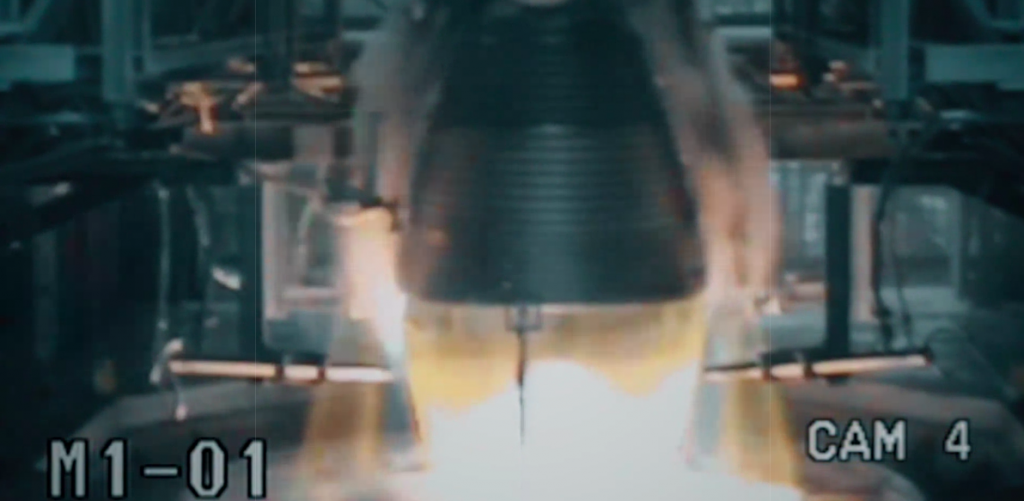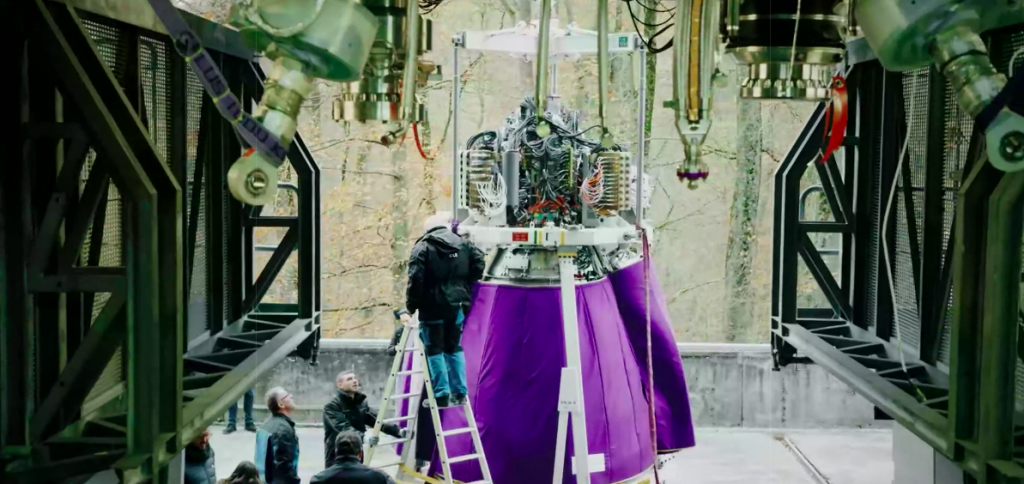The Vulcain 2.1 rocket engine, which features 3D printed parts, has been successfully test-fired at the German Aerospace Center (DLR). The Vulcain 2.1 powers the main stage of the Ariane 6, a satellite launch vehicle that will be sent into space by the European Space Agency (ESA) in 2020.
Like the rest of Ariane 6, The Vulcain 2.1 was assembled by ArianeGroup, a joint venture between European aerospace company Airbus and the French engineering company Safran.

3D printing The Vulcain 2.1 engine
The Vulcain 2.1 rocket engine is based on predecessor Ariane 5’s Vulcain 2 engine, but with 3D printed components to simplify production and lower the costs.
The Vulcain 2.1 was initially developed in 2014 by Safran, then known as Snecma. Since the engine powers the main stage of the launch, it features crucial components like a Thrust Chamber Igniter (TCI), Gas Generator Igniter (GGI) and a Turbine Pump Starter (TPS).
The SWAN divergent nozzle of the Vulcain 2.1 was 3D printed by GKN Aerospace and has a diameter of 2.5m. It was the first nozzle of its kind to be manufactured using laser welding and laser metal deposition additive manufacturing technologies.
Additional 3D printed components include the gas generator and the Oxygen heater for tank pressurization, all meeting the cost targets set out by ArianeGroup.
The Vulcain 2.1 engine and Ariane 6
The Ariane 6 is capable of low Earth orbit (LEO), geostationary transfer orbit (GTO) and sun-synchronous orbit (SSO). Its payload will include satellites for OneWeb satellite constellation, an initiative to provide global internet broadband services.
Further tests carried out on the Vulcain 2.1 at Lampoldshausen will assess the engine throughout its flight envelope, accurately determining its thrust, fuel mixing ratio, and propellant supply conditions.
For now, the successful test fire looks set to send the Vulcain 2.1 and its 3D components into space in 2020.

From Vulcan to Prometheus
ArianeGroup’s successor engine project to the Vulcain is named “Prometheus,” a sophisticated rocket engine that uses reusable liquid oxygen (LOx)-methane fuel. It was 10 times less costly to manufacture than the Vulcain 2 engine.
Prometheus, which was commissioned by the ESA for $75 million, is scheduled for launch in 2020. ArianeGroup previously confirmed to 3D Printing Industry that metal 3D printing would be used to manufacture a number of the Prometheus’ components, including the gas generator.
Make your nominations for the 3D Printing Industry Awards 2018 now.
For more information on 3D printing and aerospace, subscribe to our free 3D Printing Industry newsletter, follow us on Twitter, and like us on Facebook.
Featured image shows a 3D render of the Ariane 6. Image via ArianeGroup.


